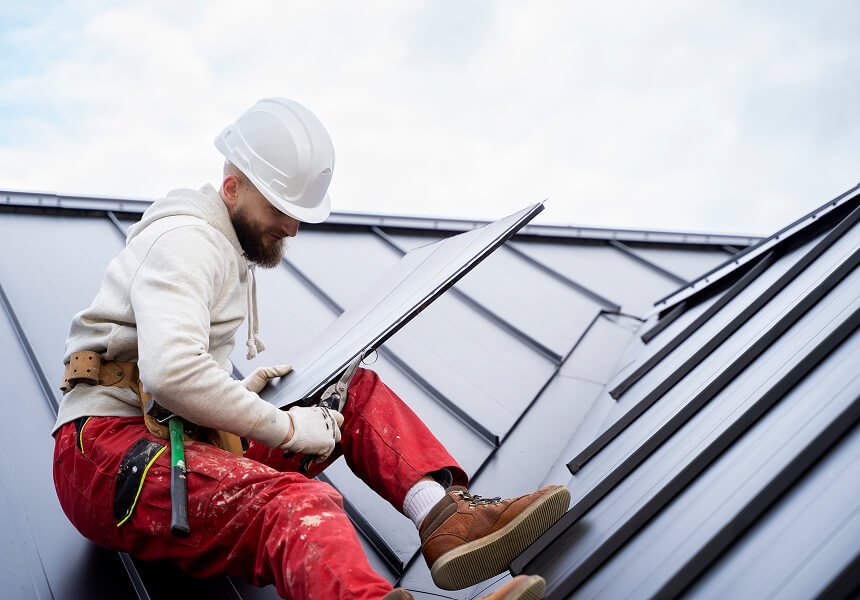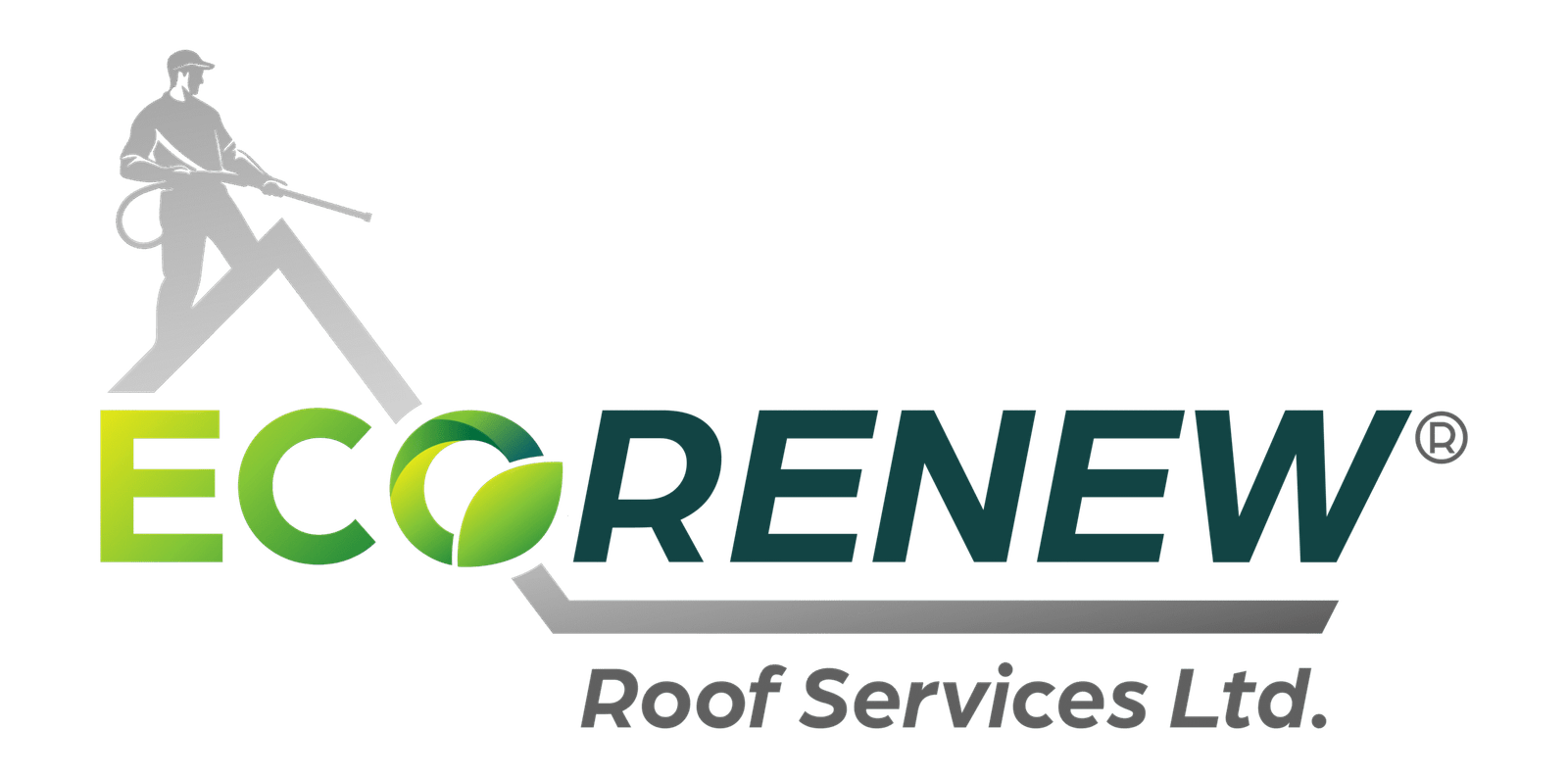
When Is The Best Time For Roof Replacement?
Implementing a strategic preventative maintenance program represents one of the most cost-effective investments a facility manager can make. Our analysis of over 500 commercial and industrial roofing systems demonstrates that properly executed maintenance programs can extend roof lifespans by 7-10 years while reducing emergency repair costs by up to 60%.
The True Cost of Reactive Maintenance
Emergency roof repairs typically cost 3-5 times more than planned maintenance activities. When a roof leak occurs during production hours, the associated business disruption costs often exceed the actual repair expenses. A single production line shutdown can cost manufacturers $50,000-$200,000 per day, making preventative maintenance a critical business continuity strategy.
Data-Driven Maintenance Scheduling
Modern preventative maintenance programs utilize advanced diagnostic technologies to optimize intervention timing. Infrared thermography can detect subsurface moisture before visible signs appear, allowing for targeted repairs that prevent widespread membrane deterioration.
Our maintenance protocols include:
- Bi-annual comprehensive inspections with detailed photographic documentation
- Drainage system cleaning and flow testing
- Sealant inspection and replacement on a 5-7 year cycle
- Membrane surface cleaning to maintain reflective properties
- Equipment curb and penetration maintenance
Quantifying Maintenance ROI
For a typical 100,000 square foot commercial facility, annual preventative maintenance costs range from $0.15-$0.25 per square foot. This $15,000-$25,000 annual investment can prevent premature roof replacement costs of $800,000-$1,200,000.
Additionally, well-maintained roofs maintain their energy efficiency properties longer. A roof that loses its reflective coating due to neglect can increase cooling costs by 15-20%, representing thousands of dollars in additional energy expenses annually.
Technology Integration
Leading maintenance programs now incorporate digital asset management systems that track repair history, warranty status, and predictive replacement timelines. This data enables facility managers to budget accurately for future capital expenditures and optimize maintenance spending across multiple properties.
Drone-based inspections provide cost-effective monitoring of large roof areas, identifying potential issues without the safety risks and costs associated with traditional manual inspections.
Implementing Your Maintenance Program
Successful preventative maintenance programs require partnership with experienced commercial roofing contractors who understand the unique challenges of industrial facilities. The program should be customized based on your roof type, age, local climate conditions, and operational requirements.
Regular maintenance not only protects your physical assets but also ensures compliance with warranty requirements and insurance policies, providing additional financial protection for your investment.

